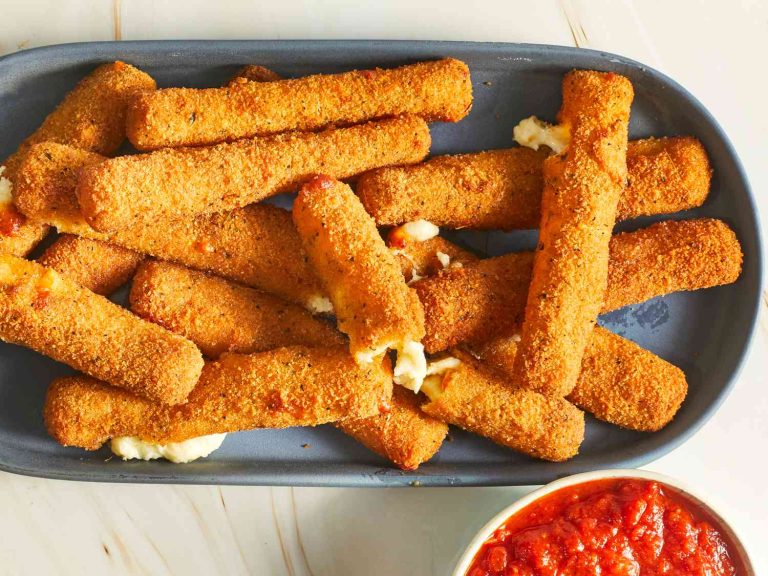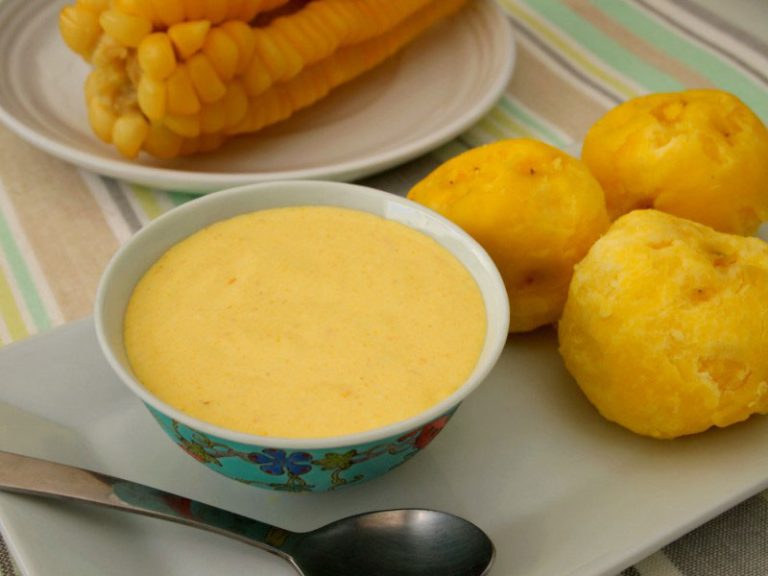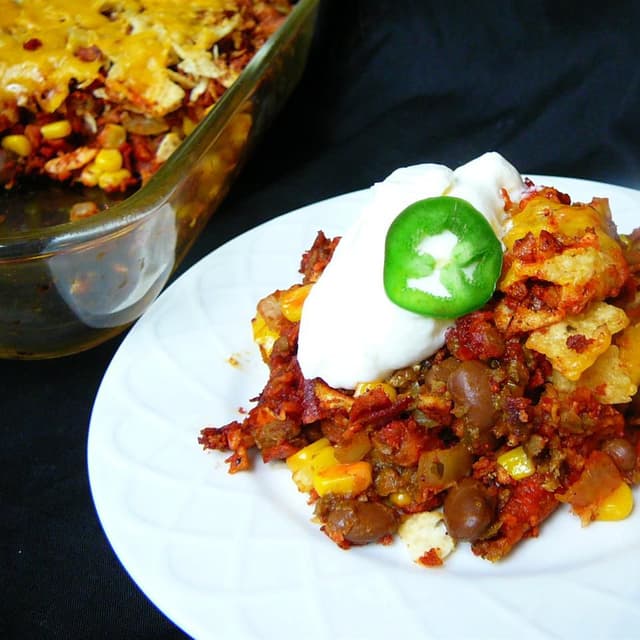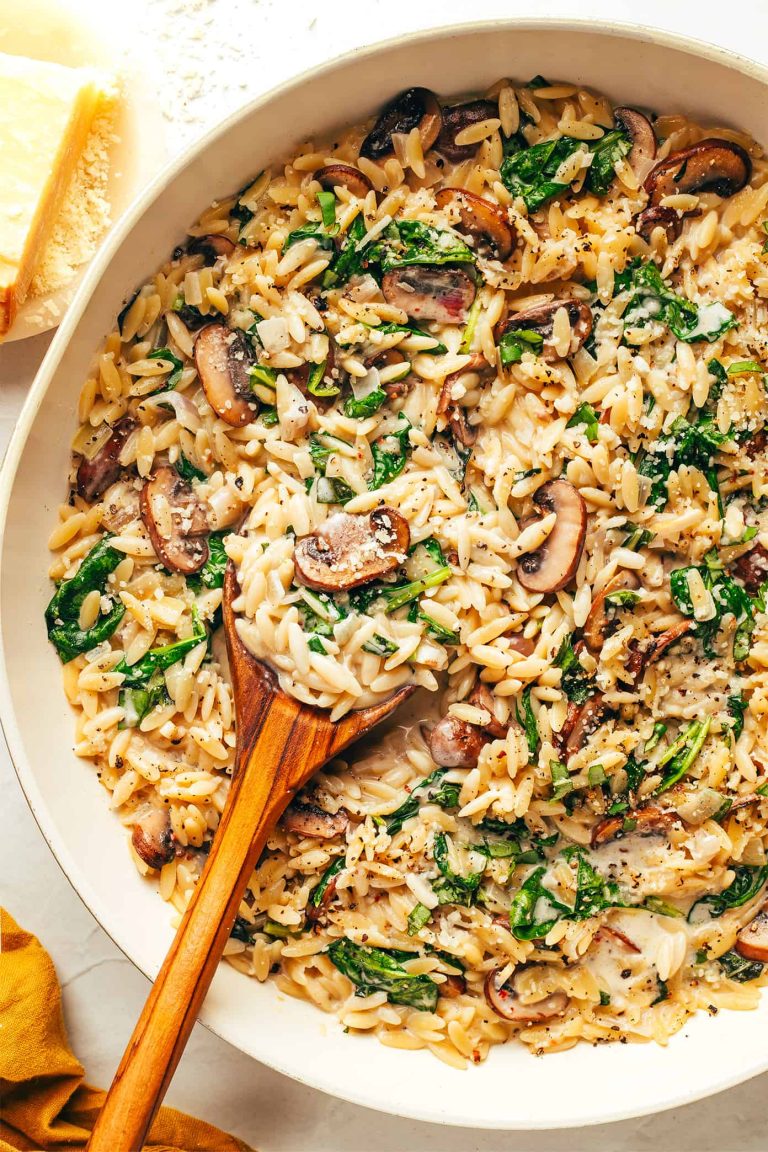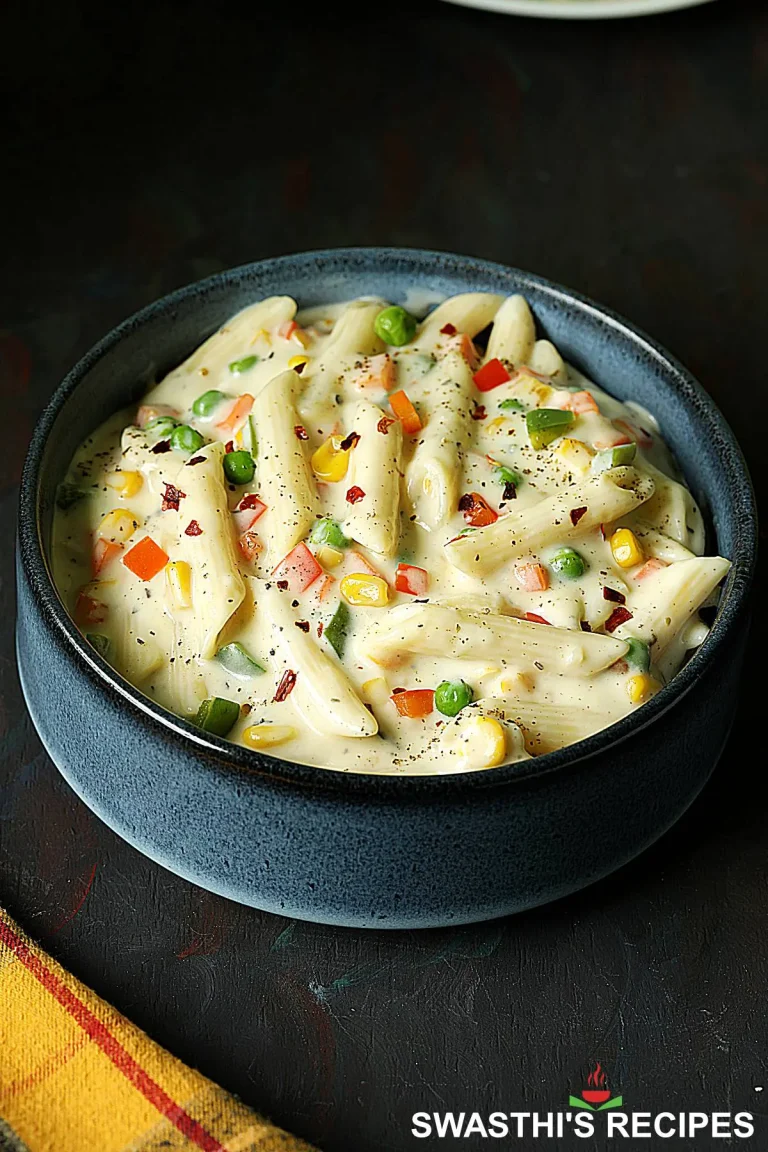Beurre Blanc: Key Ingredients, Perfect Pairings & Expert Tips
Beurre blanc originated in the Loire Valley of France. A chef reportedly created it by accident when trying to make a hollandaise sauce. This serendipitous mishap led to the creation of a new, unique sauce known for its rich, acidic, and buttery flavor. Today, it’s a staple in French cuisine and embraced worldwide for its versatility.
Key Characteristics and Flavor Profile
Basic Beurre blanc is a rich, velvety butter sauce. It has a smooth texture and a balance of acidity from white wine and vinegar, complemented by the richness of butter. This combination enhances the flavors of fish, poultry, and vegetables. The sauce usually uses ingredients like shallots and lemon juice to add depth and complexity, making it both sophisticated and simple to prepare.
Ingredients Needed for Basic Beurre Blanc
Choice of Vinegars and Wines
Selecting the right vinegar and wine is crucial for a well-balanced Beurre blanc. Traditionally, dry white wine and white wine vinegar are used. Choose a white wine with moderate acidity like Sauvignon Blanc or Chardonnay. If unavailable, Pinot Grigio can work too. For vinegar, a high-quality white wine vinegar provides the needed acidity without overpowering the sauce. Alternatives include champagne vinegar or a mix of apple cider vinegar and white wine vinegar, maintaining the balance between acidity and flavor.
Best Type of Butter for Beurre Blanc
Quality butter significantly affects the richness of Beurre blanc. Unsalted butter is the preferred choice, as it allows control over the sauce’s saltiness. European-style butter, which has a higher fat content (around 82%), adds a creamier texture and deeper flavor. Cold butter works best for this sauce because the gradual melting process helps emulsify the ingredients, creating the desired velvety texture. Avoid using margarine or low-fat butter alternatives, as they lack the necessary richness and texture.
Step-By-Step Guide to Making Basic Beurre Blanc
Preparing the Reduction
Start by gathering your ingredients: 1/4 cup of dry white wine, 2 tablespoons of white wine vinegar, and 2 finely chopped shallots. Place them in a saucepan over medium heat. Allow this mixture to simmer until the liquid reduces to about 2 tablespoons. This step concentrates the flavors, giving your Beurre blanc its distinct aromatic profile. Ensure the reduction does not completely dry out; it should maintain some moisture to blend seamlessly with the butter later.
Techniques for Emulsifying Butter
Once the reduction is ready, lower the heat to medium-low. Gradually add cubed, cold unsalted European-style butter to the saucepan, one piece at a time, continuously whisking. The butter should have a high-fat content to create a smooth, creamy sauce. Keep adding butter until the reduction incorporates with it, forming a rich, velvety consistency. This step requires patience; rushing may cause the sauce to separate. The heat should remain low to prevent the butter from melting too quickly, which is essential for maintaining the sauce’s emulsified state.
Common Mistakes When Making Beurre Blanc
Preventing Separation
Maintaining a smooth, cohesive sauce is essential for preparing an ideal Beurre blanc. Separation is often caused by adding butter too quickly or using heat that’s too high. Incorporate butter slowly into the reduction over low heat, ensuring each pat melts completely before adding the next. Cold butter works best due to its high fat content, which helps emulsify the sauce. Avoid margarine or low-fat alternatives, as they can lead to a split sauce. Stir constantly to maintain a stable emulsion, preventing the liquid and fat from separating.
Managing the Cooking Temperature
Heat control is critical when making Beurre blanc. Cooking the reduction over high heat can cause rapid evaporation and concentration, negatively affecting the sauce’s flavor balance. Use low to medium heat throughout the process to ensure even melting and proper emulsification of butter. High temperatures might cause the proteins in the butter to curdle, leading to a grainy texture. Patience is key; allow the sauce to thicken gradually and stir frequently to achieve the perfect consistency.
Pairing Suggestions for Basic Beurre Blanc
Seafood and Vegetable Pairings
Basic Beurre Blanc enhances a variety of seafood and vegetables, contributing to an elevated culinary experience. Consider the following specific pairings:
- Seafood:
- Sea bass: The delicate flavor of sea bass pairs beautifully with beurre blanc’s richness.
- Salmon: The buttery sauce complements salmon’s robust taste, creating a velvety mouthfeel.
- Shrimp: Quick-cooked shrimp absorb the sauce’s nuances, highlighting its tangy essence.
- Vegetables:
- Asparagus: Steamed asparagus gains a luxurious touch with a drizzle of beurre blanc.
- Green beans: The sauce’s acidity balances green beans’ natural sweetness.
- Cauliflower: Roasted cauliflower complements beurre blanc’s creamy texture.
Wine Pairings
Selecting the right wine enhances the dining experience when serving Basic Beurre Blanc. These choices ensure a synergistic flavor profile:
- White Wines:
- Chardonnay: A buttery Chardonnay mirrors the sauce’s creaminess, creating harmony.
- Sauvignon Blanc: Its crisp acidity cuts through the richness, providing balance.
- Riesling: Off-dry Riesling offers a slight sweetness that pairs well with beurre blanc’s tanginess.
- Sparkling Wines:
- Champagne: The effervescence of Champagne adds a refreshing contrast to the rich sauce.
- Prosecco: Light and slightly sweet, ideal for maintaining a balanced palate.
Utilize these pairing suggestions to enhance the flavors and textures of your dishes, transforming a simple meal into an exquisite culinary experience with Basic Beurre Blanc.
Conclusion
Mastering Basic Beurre Blanc can elevate your culinary skills and impress your guests. This versatile sauce pairs beautifully with a variety of dishes, from seafood to vegetables, making it a must-have in your recipe repertoire. Whether you’re serving sea bass or asparagus, Beurre blanc enhances flavors and adds a touch of elegance. Don’t forget to pair it with a complementary wine like Chardonnay or Champagne to create an unforgettable dining experience. Embrace the art of making Beurre blanc and transform your meals into exquisite culinary creations.

